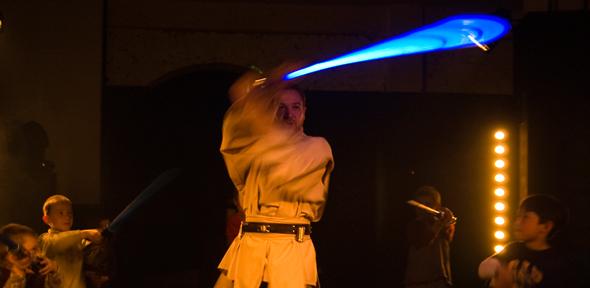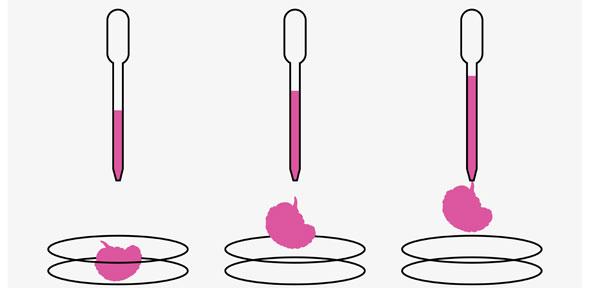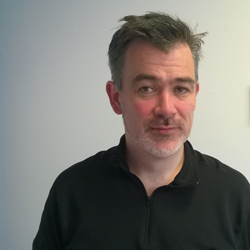
The awards are part of a major round of funding under the Clinical Research Infrastructure Initiative, announced today by the Chancellor of the Exchequer, George Osborne. The Initiative will bring together funding from UK Government, devolved administrations, Arthritis Research UK, British Heart Foundation, the Wellcome Trust and Cancer Research UK, to advance clinical research in 23 key projects at centres across the country, including research teams at fifteen universities.
Speaking at the launch, Chancellor Osborne said: “The UK is already a world leader in science and research, which is why at Budget, I protected science spending. Today we go a step further by announcing £150 million of new investment in clinical research infrastructure. The funding will go to 23 truly innovative projects from across the UK today that represent the best of British ingenuity and scientific exploration. The Government, charities, universities and industry will be working together to advance our knowledge in combatting the biggest medical challenges of our time.”
Patrick Maxwell, Regius Professor at the University of Cambridge’s School of Clinical Medicine, says: “Advances in medical research and technology provide us with opportunities to make real differences to the diagnosis and treatment of patients. This significant funding will enable us to utilise some of the most innovative and cutting-edge approaches to clinical research at the University of Cambridge, ensuring that we remain one of the world leaders in this field.”
The funding to the University of Cambridge is across three themes. The first will focus on stratified medicine. Many diseases are traditionally diagnosed and treated as if all patients with the same diagnosis were largely the same, such as breast cancer, but advances in biomedical science are increasingly demonstrating that there are in fact many different genetic and molecular pathways to the same clinical diagnosis. This has potentially important implications for more precise targeting of treatment: more refined diagnostic stratification of patients could identify more exactly which patients were most likely to respond to specific treatments.
To enable the increased stratification of diseases, the University will create three new high-tech facilities for clinical research: a Stratified Medicine Core Laboratory, a Molecular Imaging Centre, and a High Performance Hub for Informatics. The facilities will provide innovative ways of diagnosing and stratifying patients, with immediate implications for the patients’ care, as well as providing the infrastructure to manage the increasingly massive amounts of data generated by such research.
The second theme focuses on the use of next generation Magnetic Resonance Imaging (MRI) to study dementia, mental health and neuroscience. Conventional MRI has revolutionised the study of the brain over the last twenty years, but the scanners have their limitations. The MRC award will allow researchers to procure an ultrahigh-field (7 Tesla) MRI scanner, which offers a major step forward in how clearly one can study the brain's structure, function and chemistry, allowing researchers to understand how the brain works as a whole while still seeing detail at a sub-millimetre scale.
The scanner will be installed on the Cambridge Biomedical Campus, next to Addenbrooke’s Hospital, and is a collaboration between the University of Cambridge and the MRC's Cognition and Brain Sciences Unit, working closely with the NHS. It will be a major contributor to the UK Dementia Platform, a unique and radical approach to join up medical research across the country's specialist centres and drug company partners in the fight against dementia.
In addition, the funding will enable the procurement of additional imaging equipment including a PET-MRI scanner and a new clinical hyperpolariser, as well as upgrading existing MRI scanners.
The third theme will focus on examining diseases at single cell resolution, building on recent developments in technology that have revolutionised our ability to characterize, quantify and isolate single cells. Examination of diseases at single cell resolution, both at diagnosis and after treatment, will transform the practice of molecular medicine by improving the quality of patient diagnosis, refining treatment options, monitoring the response to treatment, and detecting the emergence of resistance to treatment. Cambridge scientists have been at the forefront of basic research in single cell expression profiling and the analysis of circulating tumour DNA, as well as setting up local biotech ‘spinout’ companies that develop novel single cell technologies.
The MRC funding will enable the creation of the Cambridge Single Cell Analysis Clinical Core Facility, a new shared core facility for single cell analysis that will serve all major molecular medicine programmes in Cambridge: cancer, neurosciences, immunity and inflammation, infectious diseases, stem cell and regenerative medicine, metabolic medicine and experimental therapeutics. The facility will work closely with strategic partners in the Cambridge area such as the Babraham Institute, Wellcome Trust Sanger Institute, the European Bioinformatics Institute, the MRC Laboratory for Molecular Biology and major pharmaceutical and biotechnology companies to bring their different capabilities to bear on clinical research challenges.
A partnership led by the Medical Research Council (MRC) has awarded the University of Cambridge £25 million to provide cutting-edge equipment and infrastructure for its clinical research, from imaging single disease cells through to improved targeting of treatments for patients.
The text in this work is licensed under a Creative Commons Licence. If you use this content on your site please link back to this page. For image rights, please see the credits associated with each individual image.




























